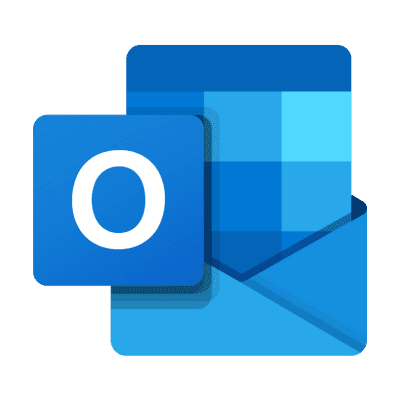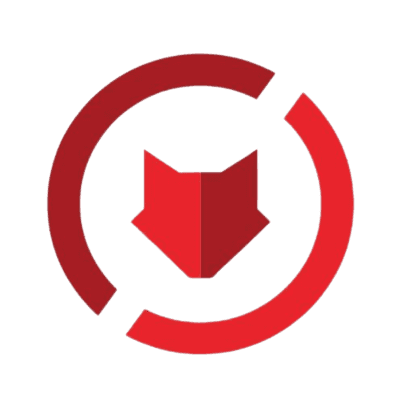Business & Productivity
Microsoft Outlook, a component of the Microsoft Office suite, is a widely used email and personal information management tool.
Microsoft Outlook's integration with Mindflow offers several practical use cases for large organizations, particularly in enhancing cybersecurity and streamlining communication processes. One key use case is automated incident response. When a security alert is received in Outlook, Mindflow can trigger predefined actions, such as alerting relevant teams, creating tickets in incident management systems, and initiating follow-up emails, ensuring a swift and coordinated response to potential threats.
Another use case involves infrastructure monitoring. Mindflow can automate the process of monitoring emails for system alerts and notifications. Upon detecting an issue, it can orchestrate workflows to notify IT teams, log the incident, and initiate predefined troubleshooting procedures, ensuring minimal downtime and efficient handling of infrastructure issues.
Email management for customer support is also significantly enhanced. Mindflow can categorize incoming customer emails in Outlook, assign them to appropriate teams or individuals based on content, and even generate automated responses for common queries. This leads to faster response times and improved customer service efficiency.
What is Microsoft Outlook?
Outlook provides a centralized platform for email communication, seamlessly integrating with other Microsoft Office applications. Its interface is designed for intuitive navigation, offering calendar management, task tracking, and contact organization features. Outlook supports various email protocols, including POP3, IMAP, and Exchange, ensuring compatibility with various email services and servers.
The Value Proposition of Microsoft Outlook
The core value of Microsoft Outlook lies in its ability to streamline communication and information management. Consolidating multiple functions into a single platform enhances productivity and organization. Its integration with other Office tools, like Word and Excel, and its support for various add-ins extends its functionality, making it a comprehensive solution for managing daily professional tasks.
Who uses Microsoft Outlook?
Outlook's user base is diverse, encompassing individuals, small businesses, and large corporations. Its advanced features cater to professionals requiring efficient email management, scheduling, and task organization. The platform is particularly favored by those in administrative, managerial, and executive roles who need to maintain high levels of organization and communication efficiency.
How Microsoft Outlook Works?
At its core, Outlook is an email client that syncs with email servers, allowing users to send, receive, and manage email correspondence. Its calendar feature enables users to schedule and track appointments and meetings while the task manager assists in creating and monitoring to-do lists. The contact manager organizes all contact information in one place, making it easily accessible. Outlook's efficient working mechanism is further enhanced by its ability to integrate with other Microsoft Office applications and third-party services, creating a seamless workflow.











